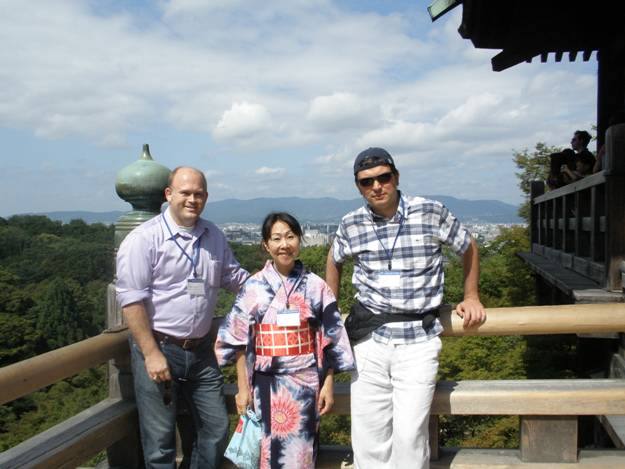A colleague of mine, Yuko Tomizuka, arranged for me to present Greenfield’s research on and development of an automated valuation model (AVM) in Tokyo. She is an MAI (a designated member of the Appraisal Institute)[1] real estate appraiser and the former head of property valuation and finance at WestImmo Bank, a German bank with a significant presence in Japan. As I learned from the meeting, AVMs are not used extensively in Japan, especially when compared to the AVM industry in the United States. [In the U.S., AVMs are used for residential property valuation, loan underwriting, and portfolio valuation and analysis, among other uses.] For most of the appraisers attending my presentation (more than half of which hold the MAI designation), my AVM presentation was completely new material for them.
I did learn that there are two firms in Japan that either provide data for or utilize AVMs in some way—Tokyo Kantei and REINS [the Japanese equivalent of a multiple listing service (MLS) in the U.S.]. I also learned that residential real estate data, especially sales transaction data, generally is not publically available in Japan. [Commercial real estate data is more readily available… this will be the subject of a future blog post.] In fact, more than one Japanese appraiser told me that appraisers have to pay the local appraiser associations approximately 500 Yen (the equivalent of USD $5 with today’s exchange rate) for each comparable sales transaction (“comp”) to be used in their appraisal reports! This stands in stark contrast to the U.S., where many county records are publically available, usually at no charge, through county tax assessor websites, qpublic.net, or for a relatively small fee through the local MLS.
Yuko and I then attended the Asian Real Estate Society meetings in Kyoto later that week. Here is a picture from the Kiyomizu Temple in Kyoto. Pictured with us on the far right is Orhan Erdem, chief researcher at Borsa Istanbul (Turkish stock/commodity exchange).

– Clifford Lipscomb





Recent Comments